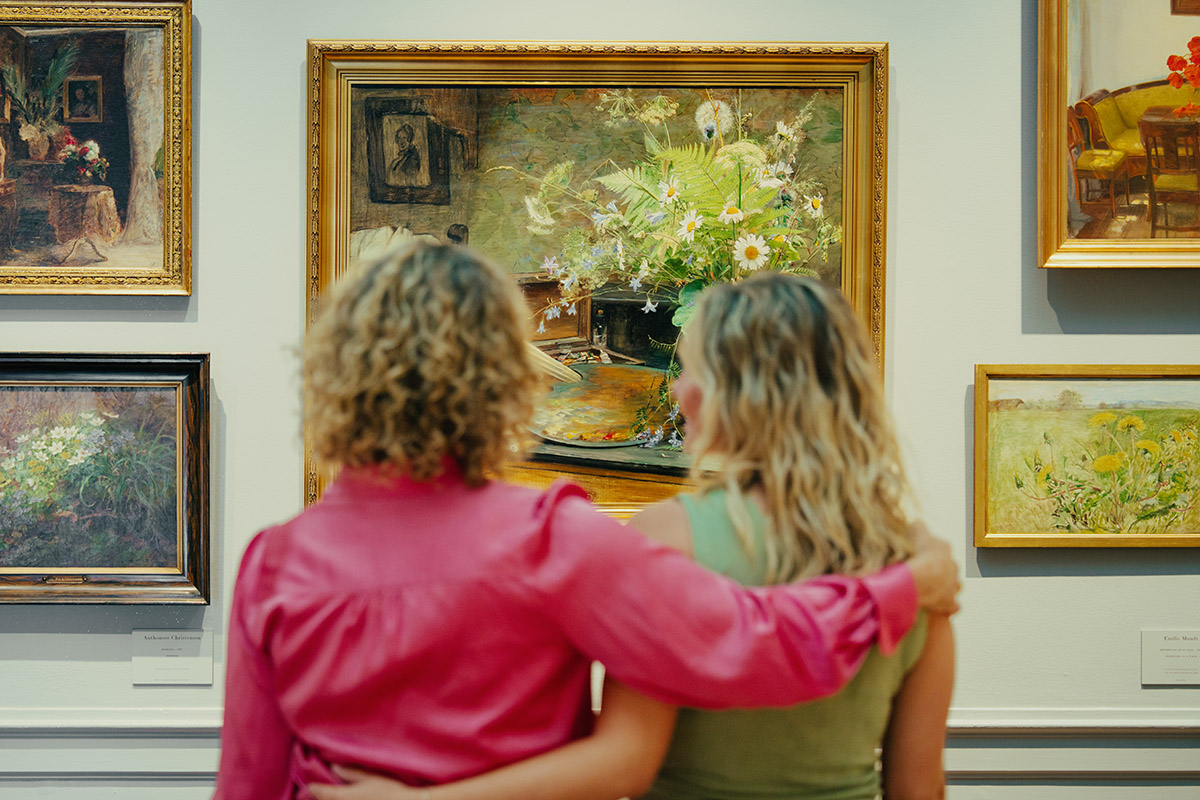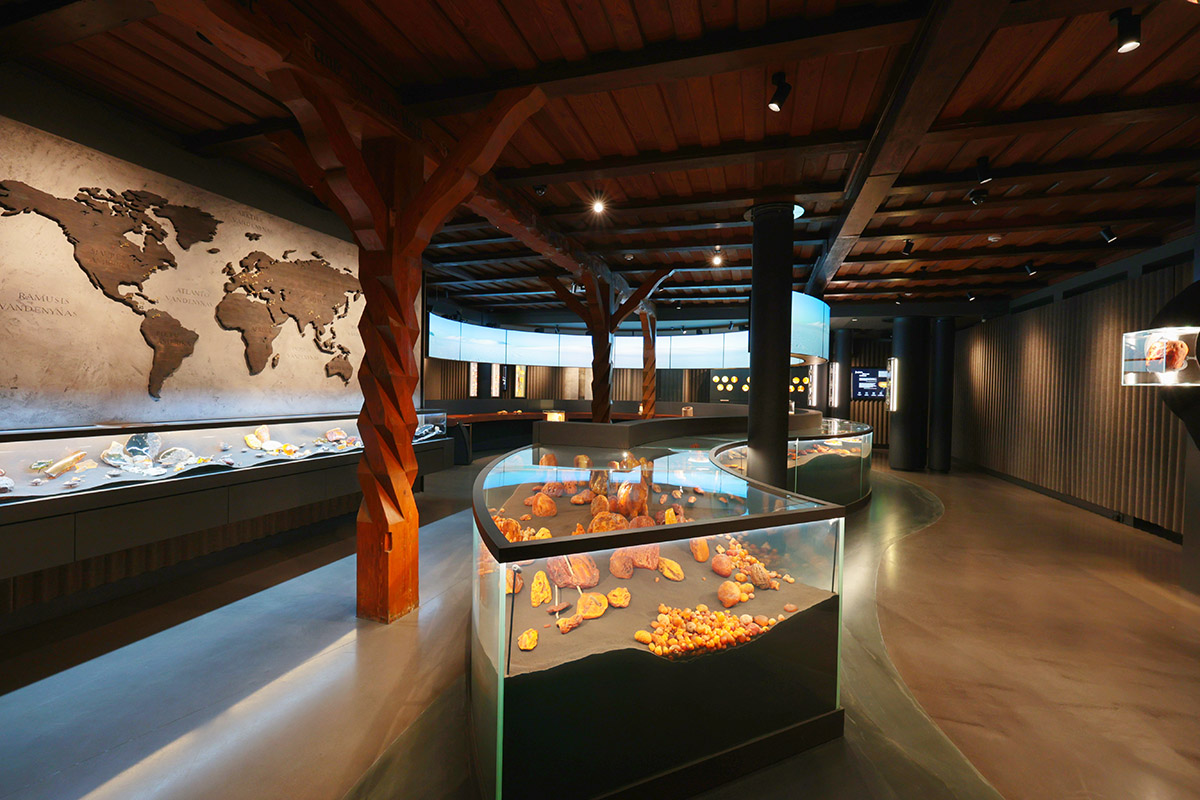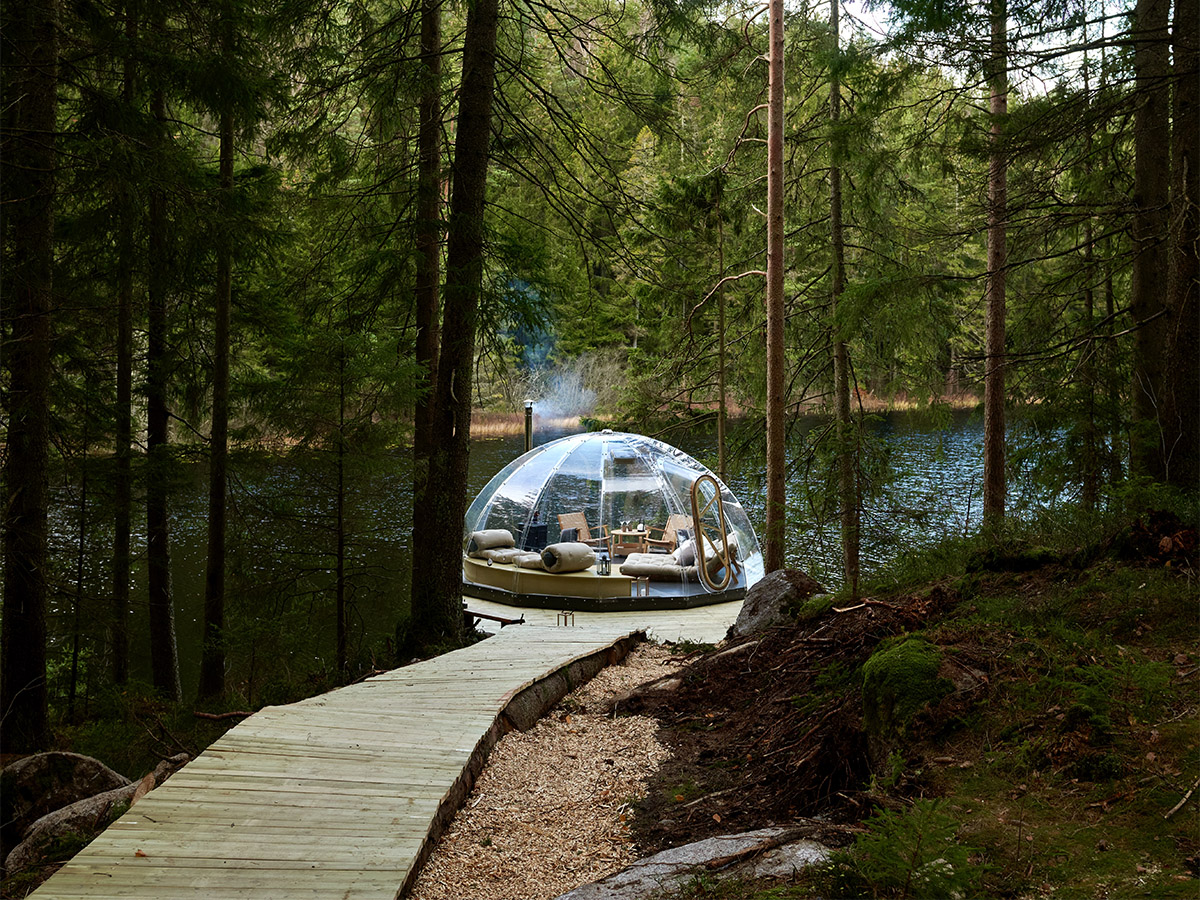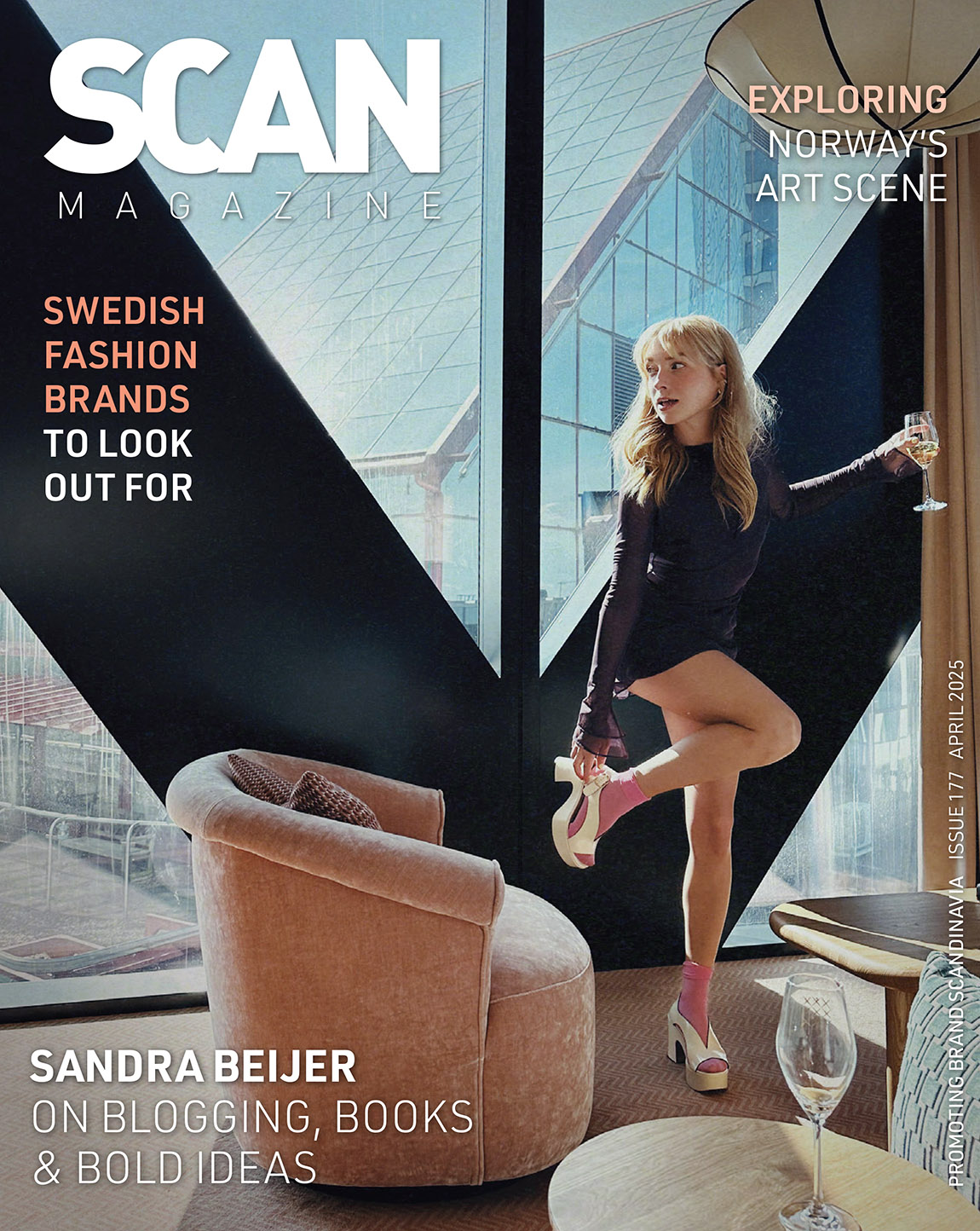The Danish Museum for Supply and Sustainability: Immerse yourself in history
By Tina Nielsen | Photos: Thomas Skjold
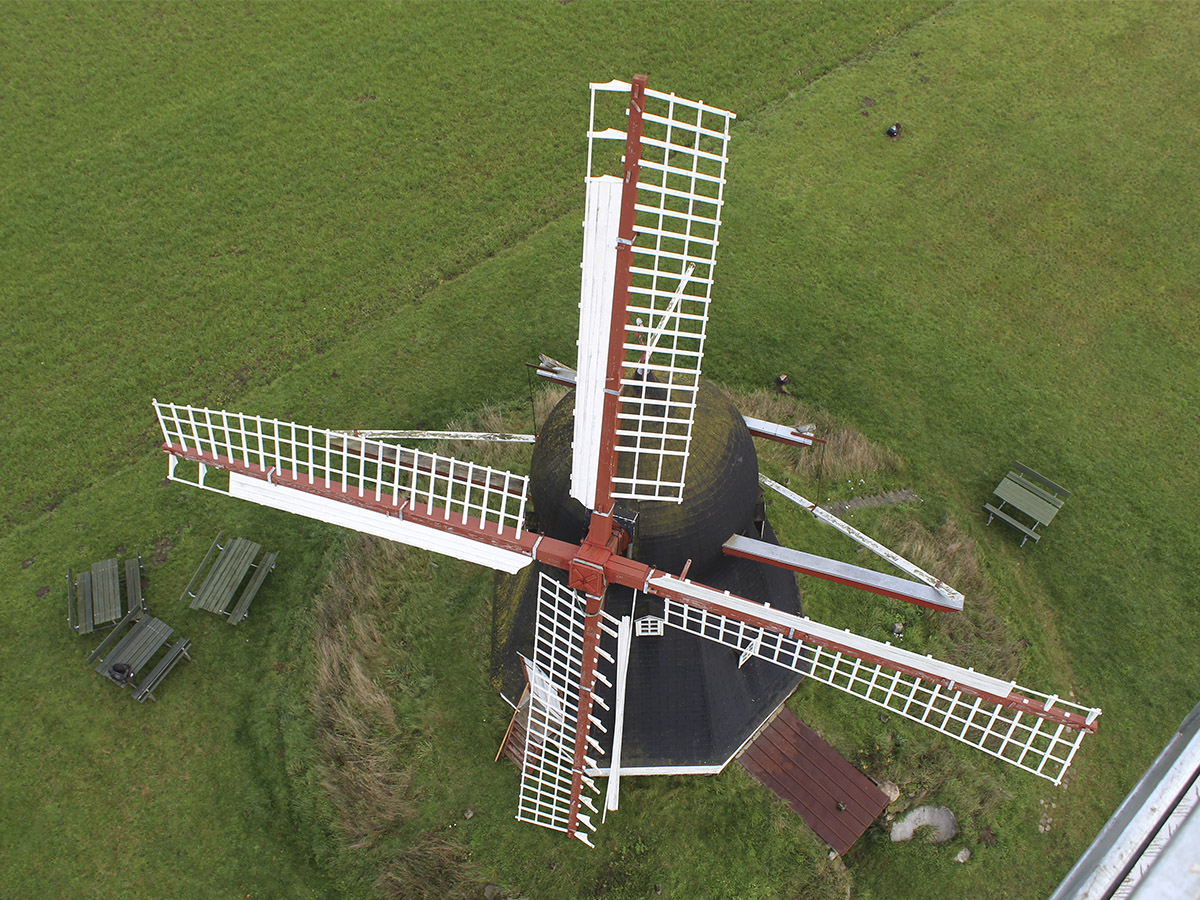
The Danish Museum for Supply and Sustainability offers a unique and immersive experience of how people used to live on a mill yard in rural Denmark
Located in the area of Vendsyssel, in the far north of Jutland in Denmark, The Museum for Supply and Sustainability is actually made up of two individual museums – Dorf Møllegaard and Vildmosemuseet.
Dorf Møllegård is a mill yard that invites visitors to “feel history” as they explore the farmhouse and the authentic water mill and wind mill on site. It is the only museum in Denmark that allows visitors to experience both working mills on one site.
The complex gives a glimpse into how the residents and workers lived in times gone by.
“Inside the farmhouse, visitors find themselves back in an authentic setting from the 1930s, with decorations and furniture preserved from those times,” says museum director Anne Provst. Visitors can move freely, touch items, explore drawers and cupboards, and it is even possible to have tea and cake served in the living rooms.
While the water mill dates back to 1664, the rest of the mill yard was constructed in the years between 1870 and 1925. From 1922 to 1997, the watermill supplied the whole complex with electricity until the family moved out and Dorf Møllegaard became a museum.
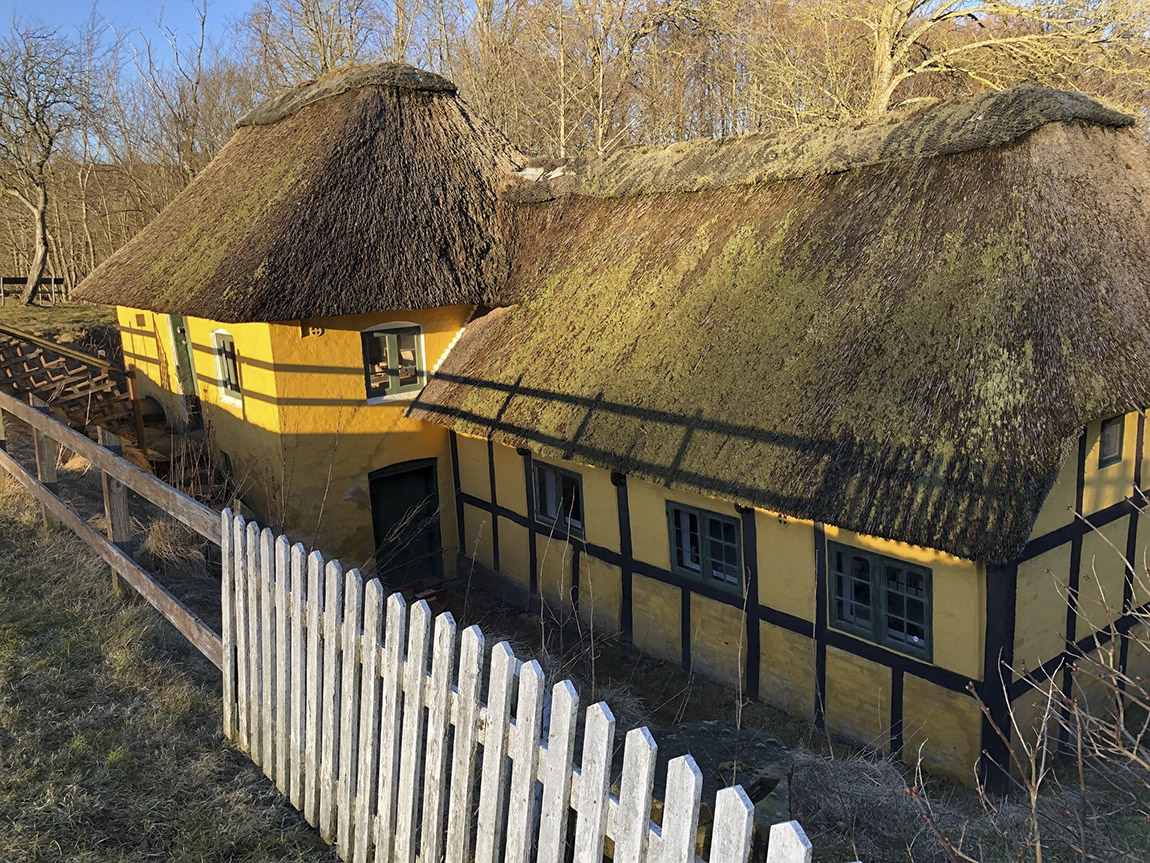
New openings and exhibitions
In April this year, a new exhibition opened in the water mill, featuring interiors from 1850. This year also sees a major exhibition about the history of fertilisers, called SHIT – trash or treasure?
The adjacent Vildmosemuseet is currently under redevelopment in an old factory building, and the exhibitions showcasing the history of the local communities around Brønderslev take the form of walking tours in the area while work is ongoing.
Dorf Møllegård is open to visitors from April until Christmas, and on event days the museum offers a wide range of activities for the whole family. Full information about opening dates and times through the year is available on the website.
Looking further ahead, there are new areas of the farmhouse due to open to visitors in 2024, including the bedrooms and the grain storage areas in the attic. Additionally, there are plans to add guided tours in English and German.
“We are continuously working on adding more elements to bring the period and the people who inhabited the mill yard at the time to life,” concludes Provst.
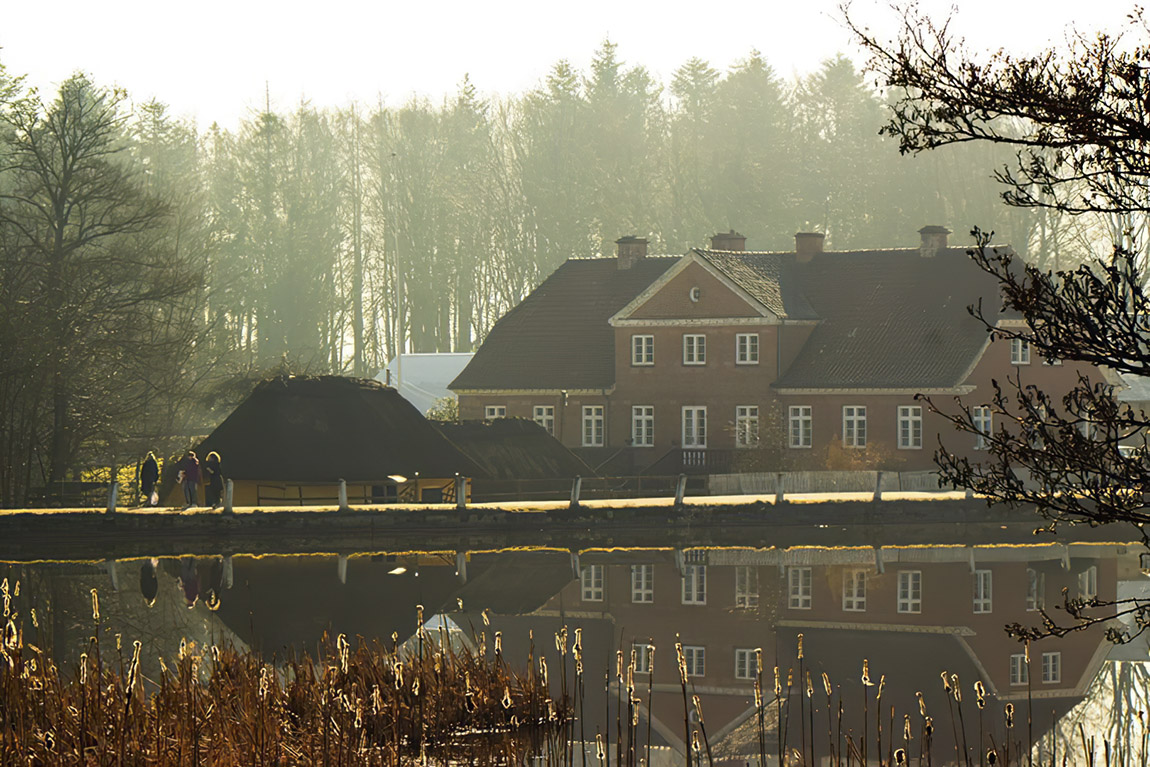
Web: www.museummoss.dk Instagram: @museum_moss Facebook: Museum for Forsyning og Bæredygtighed
Subscribe to Our Newsletter
Receive our monthly newsletter by email


